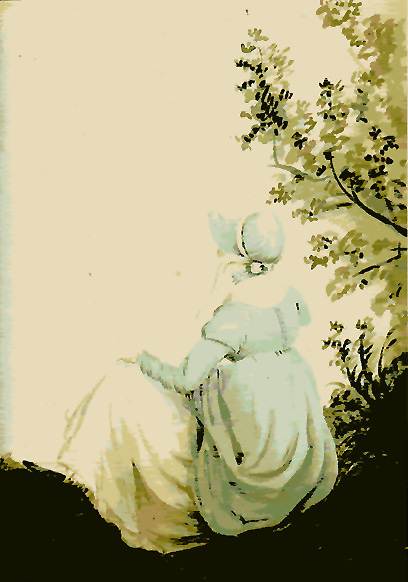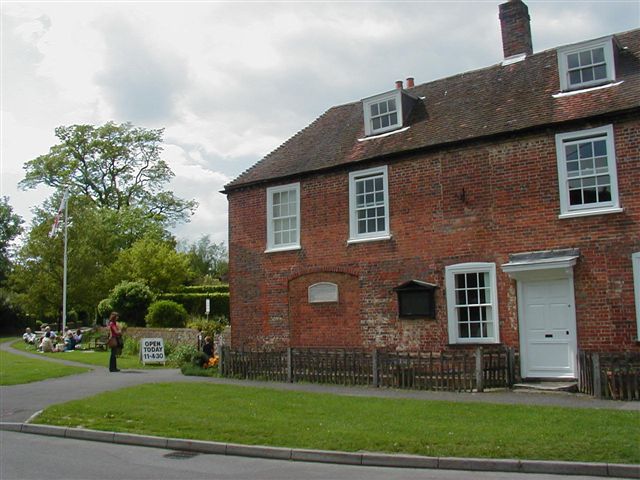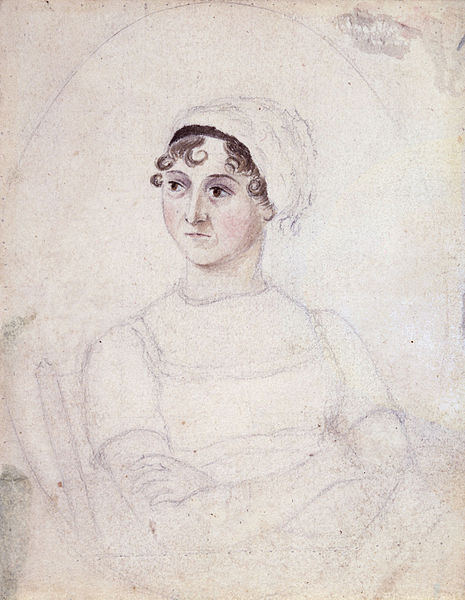Jane Austen's Life & Times
Jane Austen was born on December 16, 1775 in the small village of Steventon



Jane Austen’s popularity has never been greater. Her novels are regularly turned into feature films and television series. Scarcely a year passes without a deluge of new biographies and books inspired by her life and works.
Born in the Hampshire village of Steventon in Southern England on December 16, 1775, Jane was the seventh of eight children and the younger daughter of the Reverend George Austen and his wife Cassandra. A voracious reader, as a child she devoured books in her father’s library and wrote three volumes of entertaining stories classified as “Juvenilia.” She also wrote an epistolary novel, “Lady Susan.” At eighteen she began her novels “Pride and Prejudice,” “Northanger Abbey,” and “Sense and Sensibility” though it would be many years before they were published.
Jane loved the countryside so her father’s decision to move the family to Bath when he retired was difficult. Four years later he died leaving his wife and daughters in poor circumstances. Jane wrote little during this period. She and her mother and sister Cassandra soon left Bath, going first to Clifton near Bristol then to Southampton. In 1809 with their friend Martha Lloyd they moved into Chawton Cottage on the Knight estate near Winchester. Edward, Jane’s brother, adopted in childhood by the Knights, offered the house to his family.
Jane began to write again. In October of 1811 her novel “Sense and Sensibility” appeared. “Pride and Prejudice” was completed in 1813 and “Mansfield Park” the following year. “Emma” in 1815 was the last novel to come out during her lifetime. “Northanger Abbey” and “Persuasion” were published posthumously by her brother Henry.
Jane’s letters to her beloved sister Cassandra offer clues to her life. We learn of a two-week romance at twenty with an Irish student named Tom Lefroy. Sadly there was no proposal and they never again met. Later Jane became engaged to a brother of friends, Harris Bigg-Wither, though she quickly broke it off.
On July 18, 1817, Jane died at forty-one in Winchester where she was seeking medical advice. Her illness may have been Addison’s Disease or possibly Hodgkin’s lymphoma. Her last letters describe severe fatigue and a discoloured complexion. Years after her burial in Winchester Cathedral a brass plaque was installed near her grave memorializing her writing achievements and “the benevolence of her heart, sweetness of temper, and extraordinary endowments of her mind which obtained the regard of all who knew her.”
Two of her novels were unfinished: “Sanditon” (1817) likely due to her last illness and “The Watsons” (1804) for an unknown reason.
Jane Austen lived in turbulent times; the Battles of Trafalgar and Waterloo, the French Revolution and Napoleonic wars yet she wrote on a “little bit of ivory” about everyday village life. Jane’s characters touch our souls. When Anne Elliot in “Persuasion” talks of “loving longest when existence or all hope is gone” we feel her despair. And we love it when she is later rewarded for bravery in the face of such hopelessness. Jane’s enduring popularity must be due to her amazing ability to evoke such emotions in her legions of fans and why they believe she has no equal.

